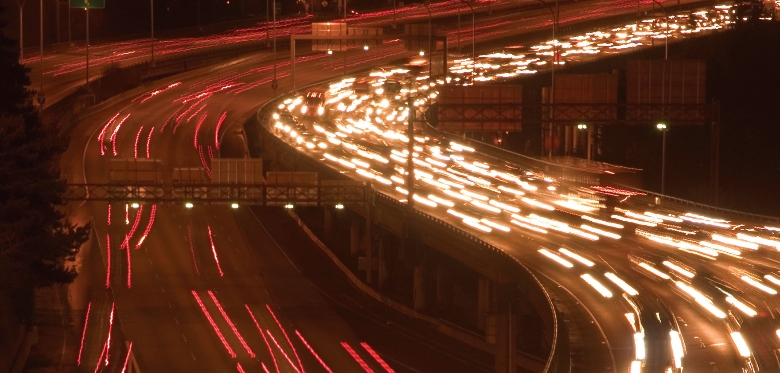Now it is getting darker in the mornings and darker at night, with the days getting shorter and shorter, it’s time to consider focusing on the road more especially with the cold, wet, and windy weather upon us.
Car accident statistics are higher at night than during day time hours. Even though there is 60% less traffic on the roads at night time there are still more (roughly 40% more) fatal accidents occurring than during daylight hours. The most common reason being is the driver looking directly in the headlights of oncoming traffic. 20% of fatal accidents are from drivers falling asleep behind the wheel.
There are other top common factors which impact the number of accidents happening at night:
- Drink drivers who have had a drink at a restaurant or a pub in the evening or night. This behaviour contributes to the risks involved in driving at night.
- Drivers do not see as well in the dark and they are also tired which affects their vision. For example if you close your eyes for a minimum of five seconds travelling on the motorway home from work at approximately 60mph, your car can travel up to 130m without control. On a motorway you cannot always tell what people are planning to do either so this is when the most focus is needed.
- The weather is also a factor during darker nights and the colder months when there is more likely going to be ice or rain. Even when it is dark, rain can be seen which allows drivers to take time and drive in a way that is mindful of the conditions. However, ice is harder to see in the dark particularly black ice which makes driving in those conditions even more hazardous, particularly so at night. Drivers can hit ice at an average speed of 30mph without seeing it and cause a fatal accident to themselves or others.
How we can reduce the amount of accidents at night time?
Vehicle technology is improving every day and is reflected in a generally downward trend in accident numbers. These technological advances can help drivers at night and assist in reducing the risk of drivers falling asleep behind the wheel with vibrating steering wheels and alarms to alert a drowsy driver. However not everyone has the pleasure of owning a modern car with all the new technology.
So our top tips for driving at night are:
- Drive on roads which have good light whenever possible.
- Plan your journey well ahead especially if it is a new journey that has not been done before.
- Plan your journey and make sure you are prepared for bad weather.
- Avoid speeding or going a little bit faster to get home quicker. Take it easy.
- If you are driving on the motorway and become drowsy, stop at the nearest motorway services. Get out of the car, get a drink, close your eyes for a few minutes, refresh yourself and then continue your journey when you feel that you are ready to do so.
- Try not to have a glass of wine or a pint when you have your meal if you have to drive in the evening
By Rebecca Maguire, litigation executive in the personal injury team



Comments